DrJonnie - Sep 18, 2008 6:30 am - Voted 10/10
Natural ecologyHi Visentin,
thank you for your interesting and informed report. The reintroduction debate is one that I guess many European countries face. Here in the UK we have populations of wild boar derived from escapees. In Scotland beavers have been reintroduced and discussions are ongoing about reintroducing wolves too.
The difficulties faced are the same as you have explained but I think that a "natural balance" will be the most difficult point.
We have seen how 'foreign' species released by accident can create great harm to indigenous populations e.g. grey squirrels, american crayfish, snapping turtles etc etc.
I hope the Pyrenean case eventually works out well for all concerned.
cheers Johnnie
visentin - Sep 18, 2008 6:41 am - Hasn't voted
Re: Natural ecologyHello Johnie,
My first name is neither Valentin neither Visentin but Eric.
You are completely right speaking about wolves or raindeers in Scotland.
But for bears, the point is that it's not about REintroducing but "reinforcing". Bears were always living in the Pyrenees and already belong to the "natural balance", in no case they can be qualified as a 'foreign' specie. Neither the bear from Slovenia, which, as I longly detailled, is identical.
Cheers, Eric
DrJonnie - Sep 18, 2008 6:53 am - Voted 10/10
Re: Natural ecologysorry Eric, I already edited my note when I realised my mistake.
I was not really suggesting "foreign" in the bears case, just highlighting what is seen in the UK as the major issue on reintroduction. I totally support the maintenance of bear populations in the Pyrenees and as you said re: Slovenia, there has to be a supportable population i.e. neither too small or too large.
best wishes
Johnnie
visentin - Sep 18, 2008 7:06 am - Hasn't voted
Re: Natural ecology> neither too small or too large
This is exactly the good term.
Slovenia has too many bears (at least in the Dinaric part, not in the Alps). Pyrenees not enough. But countries like Slovakia, or the range of Picos de Europa have found the right balance. This is why we must believe it is possible in Pyrenees too.
Cheers,
Eric
p.s: I love Scotland, when I studied there I "bagged some wee munros" !
desainme - Sep 19, 2008 11:42 pm - Voted 10/10
Barely hanging onI read that one bear was shot in the Pyrenees by a hunter who said that confused bear with boar.
Bruno the Tyrolean bear was the first bear tourist in Bavaria for 170 years and was shot during his visit there in June 2006.
visentin - Sep 29, 2008 10:02 am - Hasn't voted
Re: Barely hanging onSome traps were put in the area where Balou (the "boar-bear") is living in order to capture him, and cure his damaged leg.
visentin - Sep 20, 2008 2:37 am - Hasn't voted
Re: Barely hanging onThe "boar-bear" you mention is Balou, I wrote this fact in the end of the Reintroductions chapter. 3 Possibilities:
- The hunter is guilty of deliberated bear-shooting
- He was tipsy after some "aperitif"
- Or, even worse, supspected to have "shoot by instinct" (in the Alps recently a musroom picker was also "shoot by instinct" by a hunter...)
Bruno the Tyrolean is a different case, he was shot "conformly" to the german law... I read also about a similar bear who ventured in Switzerland's Grisons (and played with fire..)
BobSmith - Sep 28, 2008 6:21 pm - Voted 10/10
Too many humans.Europe is rich. Pay the damned farmers for their damned cattle. How many are killed, anyway? Probably a negligible number. Humans are bound to kill everything else on Earth, it seems.
Corax - Sep 29, 2008 5:47 am - Voted 10/10
Re: Too many humans.I agree to the full with Bob's statement.
I don't think the economical compensation is what really matters for many of the cattle breeders. They do get cash for what's killed, but the hate and the fear of the predators are still there. The cash issue is far down the list. What matters more many times is:
their "rights as breeders".
their inherited fear for predators.
their love to hunt. Kill a bear and you're a hero.
At least that's the case up here in Scandinavia.
Personally, I wouldn't give a damn if certain products disappeared from the supermarket shelves if I knew a population of predators could be saved. Not that this scenario would ever be the case, as their are so many other breeders living in areas where there's no threat whatsoever from predators, so the argument about disappearing products is void.
Again, personally, if the completely up the wall risk that I ever would be killed by a predator in Europe became reality - so be it. There are worse ways to go and if for example a bear got me in the end I would laugh at my fate. If the fear of illogical causes of death is that strong, some people should rethink and evaluate more feasible threats and never leave the house, let alone driving a car.
I should also add that I have been in very close contact with many different predators and amongst them bears. When in the wilderness of the Tibetan high plateau encounters with bears happens at least weekly. Usually they run for their lives and many times they have seen me, but not the opposite. The only time I felt any threat from a bear was when I met a mother with two cubs on a large plain. Those didn't run away and I felt the need to move very slowly and keep the lowest possible profile.
visentin - Sep 29, 2008 6:51 am - Hasn't voted
Re: Too many humans.Corax, I think you make a confusion.
The question is not to choose between mountain products or bears. The "bear problem" is in fact to choose between mountain products AND the means to have them, or nothing. That's what my text is all about.
Bob Sihler - Oct 22, 2008 9:48 am - Voted 10/10
Re: Too many humans.Good post by Corax.
We have the same problem here in several places, the Rockies, especially, concerning bears and wolves. Fear, hatred, selfishness, and ignorance are not easily overcome. To many, just one bear or wolf is one bear or wolf too many, and there is no reasoning with these people. It doesn't matter what compensation programs there are, what scientific facts you present. I used to sympathize with the ranchers for their losses and support reimbursement programs, but their refusal to budge has really left me not caring too much about their plight. The only reason I continue to support the reimbursement programs is that they are a powerful tool for maintaining public support of predators' right to live in their natural habitats.
barlonguere - Oct 7, 2008 4:51 pm - Hasn't voted
some remarksI will not debate about reintroducing but I feel that I have some remarks to post
My son is a shepherd in Ariege (central pyrenees) He spent 4 months in mountains mainly above 2000 m: no bears. Strangely, the slovenian bears seem to stay in low mountains (sometimes go down in the valley).
There are quite alot of shepherd in Pyrenees and they are looking for more but it is a hard work (One day, my son climbed more than 3000 m ! often woke up at 5 a.m., went to bed at 11 p.m.) for 1500 € monthly for 2100 sheeps but the locals are very nice with him. So for him, no bears, work is hard enough.
A bear around means no sleep.
The special dogs are very hard to manage (need to be raised with the sheep) and expensive if you dont want money from E.U. (In the Biros (the name of the valley), they don't want this money !!!!)
There is a new solution in the pyrenees called something like bear survey unit. They are "moving" shepherd payed by the national hunting office to look after the cattle if a bear is seen around. They come on demand, stay in the middle of the cattle sometime with tents in any condition !
Last, the cattle breeders want to live from their work and in their native towns.
If you want to see what is a mountain without locals, go to val d'aran in april, may or june. Empty ! 30 years ago, on this side, there were herd of 6000 sheeps ! No more except some cows. Of course, for the mountaineers, there is a national park ! DysneyLand mountain ! where there are sheeps, the mountains are not easy but you can anyway hike and alone ! I invite you to go to Cirque d'Anglade, Massif du Barlonguere.
Last of my confused remarks, the summer was quiet for bear attack. Let everything quit down !
Last last remark : thanks to the European commission, no more sheep dead body in mountains, no more food for vultures and we face now some attacks (few) from vulture. They try to push the young sheep to fall !
JLS
visentin - Oct 8, 2008 3:34 am - Hasn't voted
re: some remarksHello Barlonguere,
Thanks for your remarks. If I summarize correctly, you emphasize the hard conditions of the sherperd work. You are 100% right on it.
And yes, well-raised dogs are hard to find and expensive.
The only thing you wrote that frustrates me a bit is that the national park transformed the Biros valley into a "disneyland". No, this doesnt result from the park, this results from macroeconomic factors which make the cattle breeder less and less profitable (you explained perfectly why).
In the past, the cadet of the familly used to be the servant of the oldest son, and was forced to stay in the mountain with cattle. Nowadays this kind of habit has vanished. To continue raising cattle in good way (without illnesses, without wild dogs & bears attacks), we must give ourselves the means to make it, not by the force like in the past, but with financial means.
Living with a sustainable amount of bears and continue to produce our products is possible, the indiscutable proof is that countries mentioned in my article manage it. The future of cattle-growing in the Pyrenees is in the hands of men, not bears.
barlonguere - Oct 8, 2008 10:20 am - Hasn't voted
a little mistaketo Visentin
Biros is not Disneyland ! it is empty !! I was speaking of Val D'Aran (National Park of Aigues Tortes) where there is not a lot of agricultural activities but a big ski resort and some trekking activity (and little climbing). It is a beautiful place but you have to go there in Spring or Autumn ! At baqueira, noone !
Instead the biros is full of life because there is still farmers and people living all the year but it is a hard life and they don't like to see people from else (the doryphores as they call them) telling what to do ! there are a lot of reasonable people there and they need to be listened to. Of course you have also stupid people.
I think you know that "la maison de l'ours" in Melles is closed ! end for the economic aspects !
JLS
barlonguere - Oct 8, 2008 10:25 am - Hasn't voted
another little mistakeDue to my english, I did not want to tell that Biros is empty. It is empty as a touristic area (except the Mont Vallier)
One of these days I should write a report on this area (West Ariege, 20 km from St Girons, 120 km from Toulouse). Wild trekking, not a lot of climbing but some thrilling scrambling.
And in summer, go to the barlonguere ! The shepherd is most of the times friendly and with good food !
JLS
visentin - Oct 8, 2008 12:08 pm - Hasn't voted
re: another little mistakeI have visited the Val d'Aran in many occasions and talking about a Disneyland is wrong. There are some completely desertic places in the Val d'Aran, near the Monlude for example.
The expression you use ("doryphore") is very unpleasant. Everyone on the earth, including you sherperd son are "doryphores" as long as we don't live like 100 years ago in the Pyrenees.
This hostile rhetoric towards the stranger who "understands nothing to the countryside" is tiring...
csuporj - Oct 8, 2008 6:35 pm - Hasn't voted
I don't like bearsIt seems that you have forgotten the problems that bears cause. We have enough of them in Romania. They kill people from time to time. I don't have the courage to go or camp alone in most of our mountains because of them. In many places the sheperds must wake up in the middle of the night, because the bear walks between the dogs without any problems.
visentin - Oct 9, 2008 2:17 am - Hasn't voted
Re: I don't like bearsI've been in Rodnei, that's true, all people told me they have enough of them. But don't make Romania a generality, it's a "hot spot". There can be less bears, in such way that they don't cause trouble, but at a sustainable level. In Slovakia for example, as far as I know they are about 800 and people don't complain that much.
barlonguere - Oct 9, 2008 2:55 am - Hasn't voted
doryphoreFor the local people, doryphore is someone which buy a old barn, come 2 weeks for holidays and let the valley empty the rest of the year.
Right or wrong, it is their feeling.
And you can't forget the problems arising from these situation. The main problem is that it is almost impossible for a new breeder to find a place (barn or house).
For Val d'aran, you always can find empty places but most of them are crowded. For me, a mountain becomes Disneyland when bivvy (without tent) is not allowed !
visentin - Oct 9, 2008 3:25 am - Hasn't voted
re: doryphoreI understand the problem of barn-finding, but also understand people who come 2 weeks per year. Have you never pitched your tent at the seaside for few days in the summer ? Maybe you are a "doryphre" for local who live there too.
I've bivouacqued in many occasions in the Val d'Aran, perhaps this is forbidden in the Aygues Tortes parc but the interdiction is not very tight. I often hike in the Tatras National park where offtrails and bivouac are very strictly forbidden, and I don't feel like in a Disneyland either. For me, a Disneyland is when things become all-over like in the Pourtalet.
Read this french article, especially the end:
http://www.altituderando.com/Entre-Anayet-et-Collarada
Eric


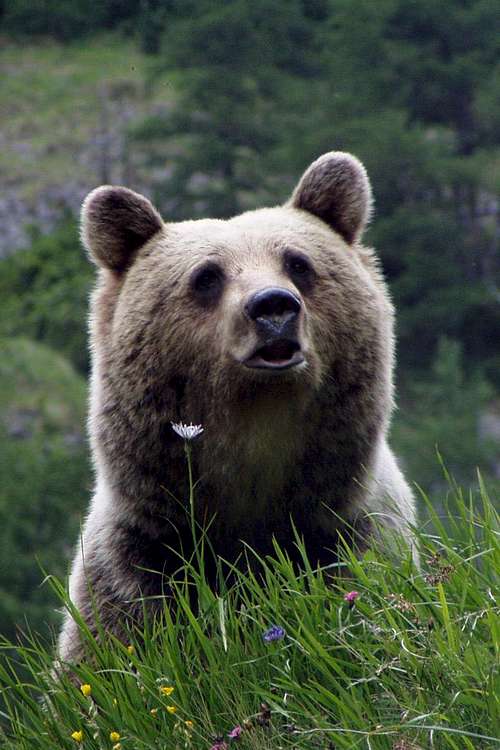
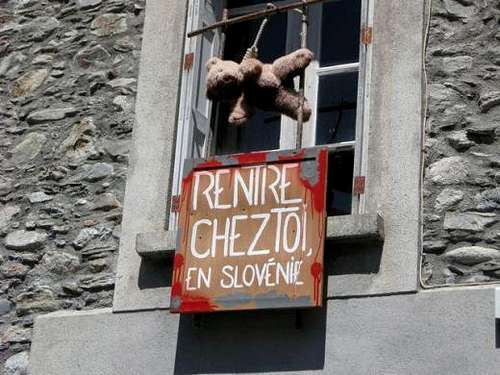


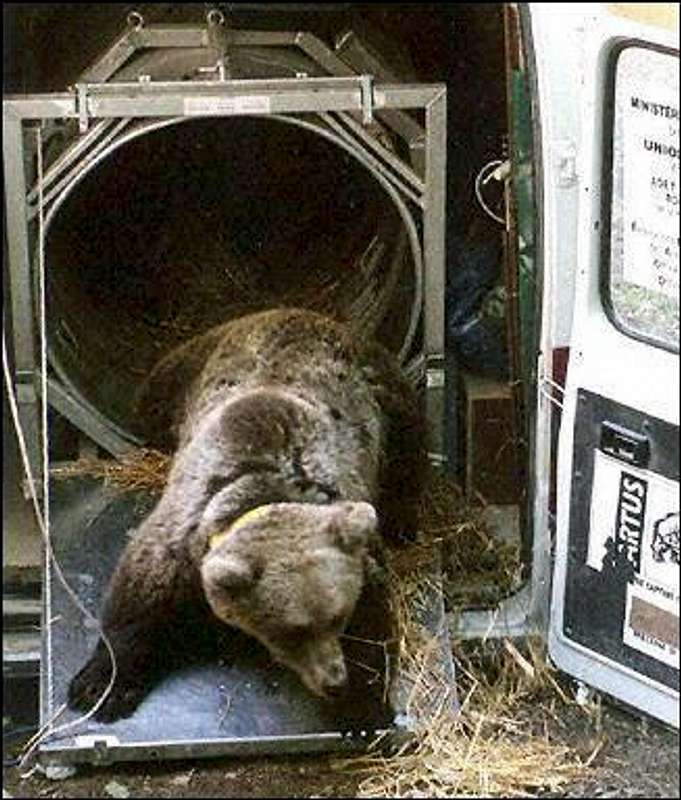




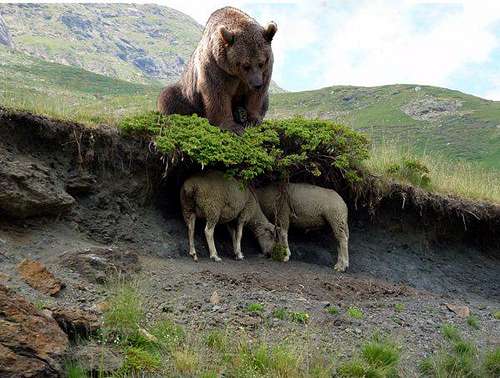
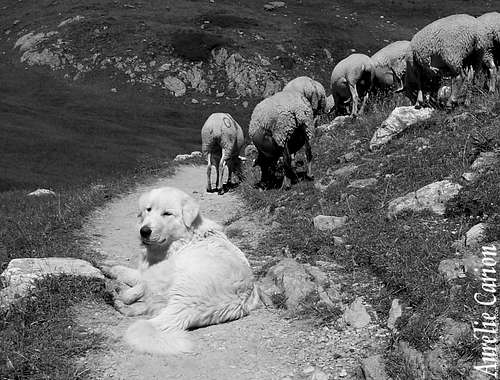

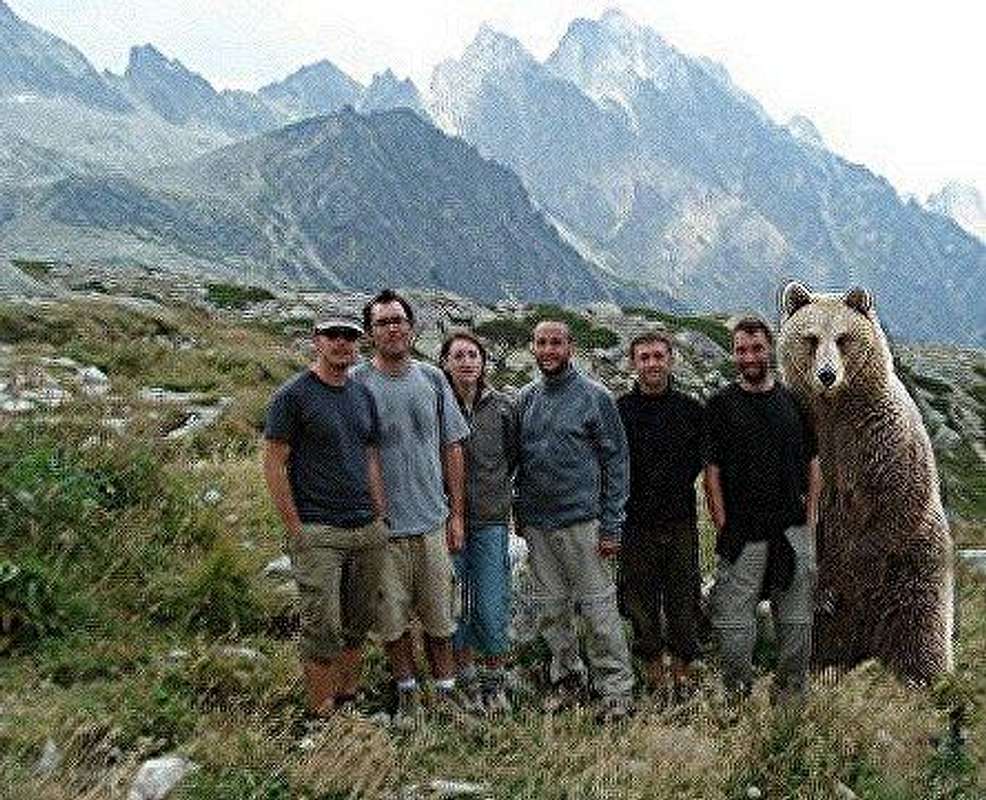






Comments
Post a Comment